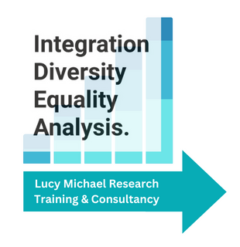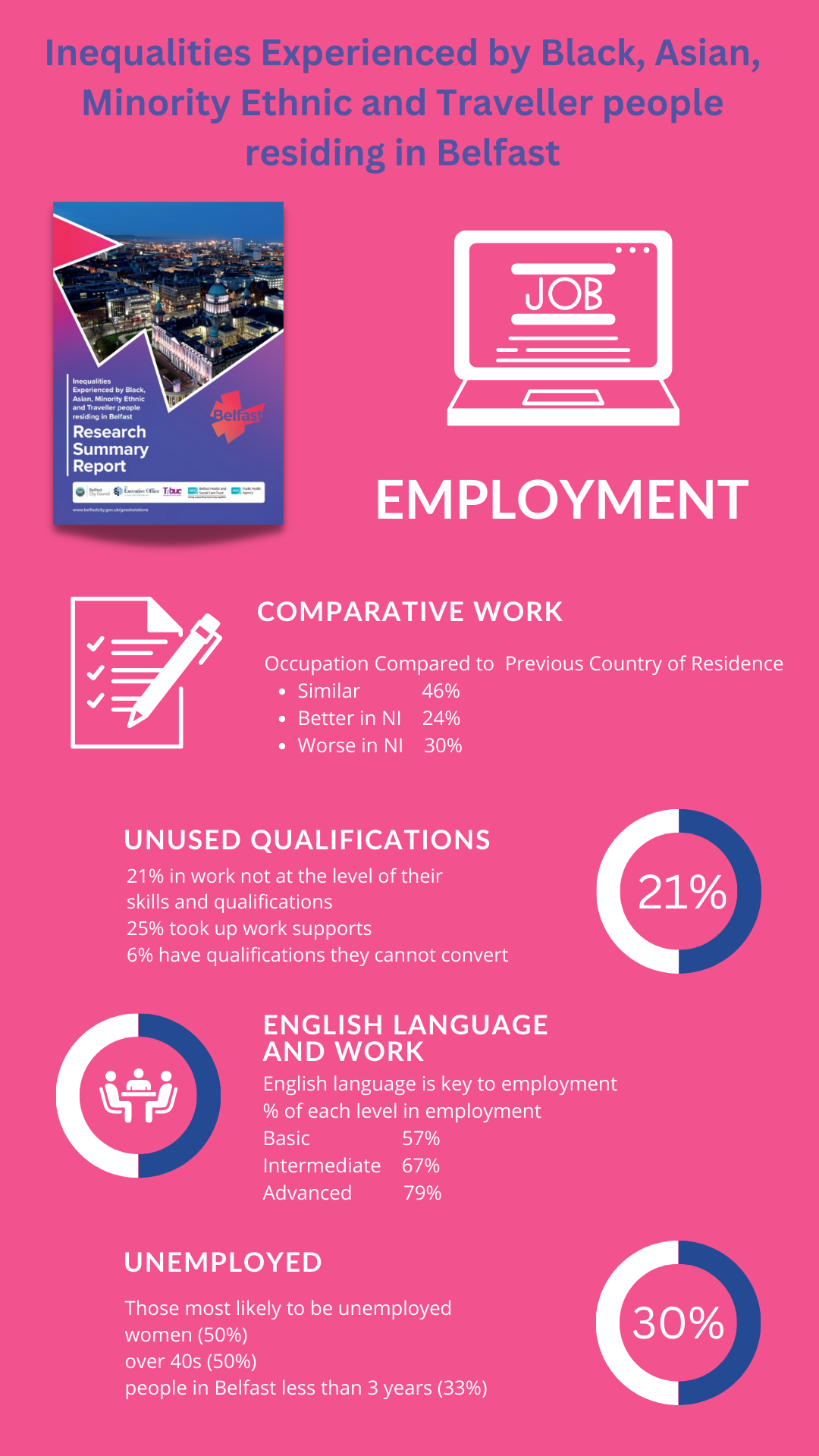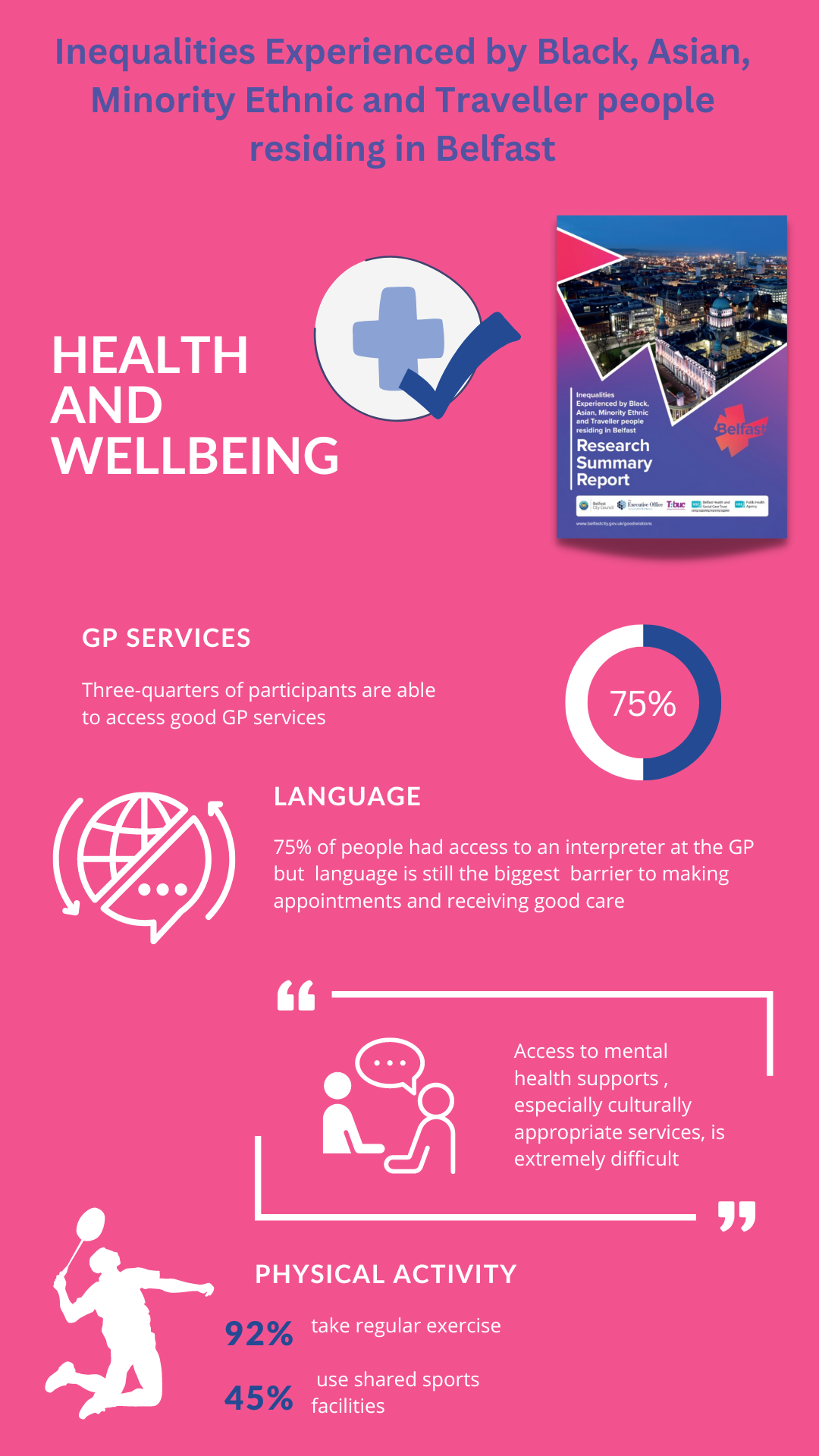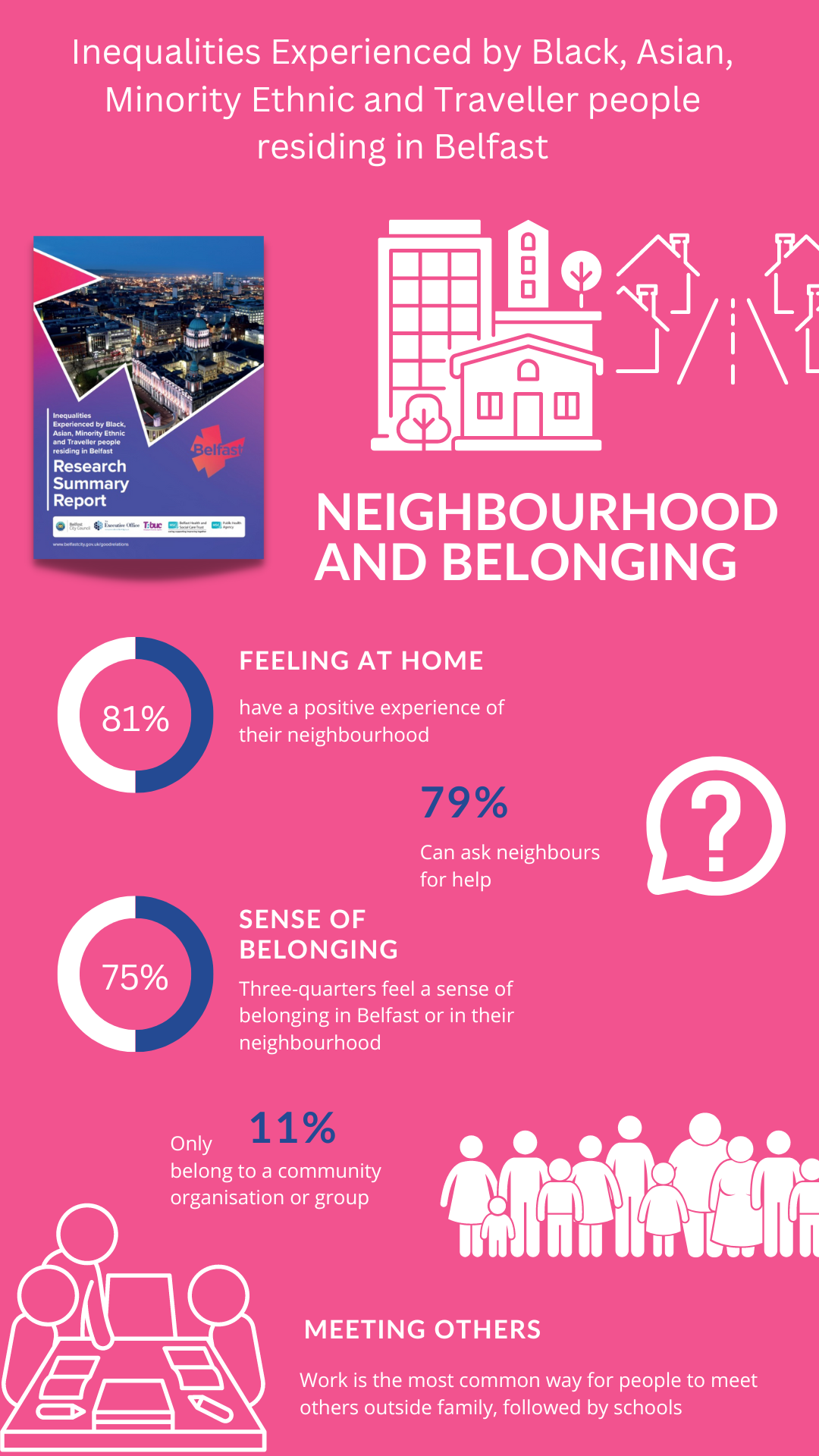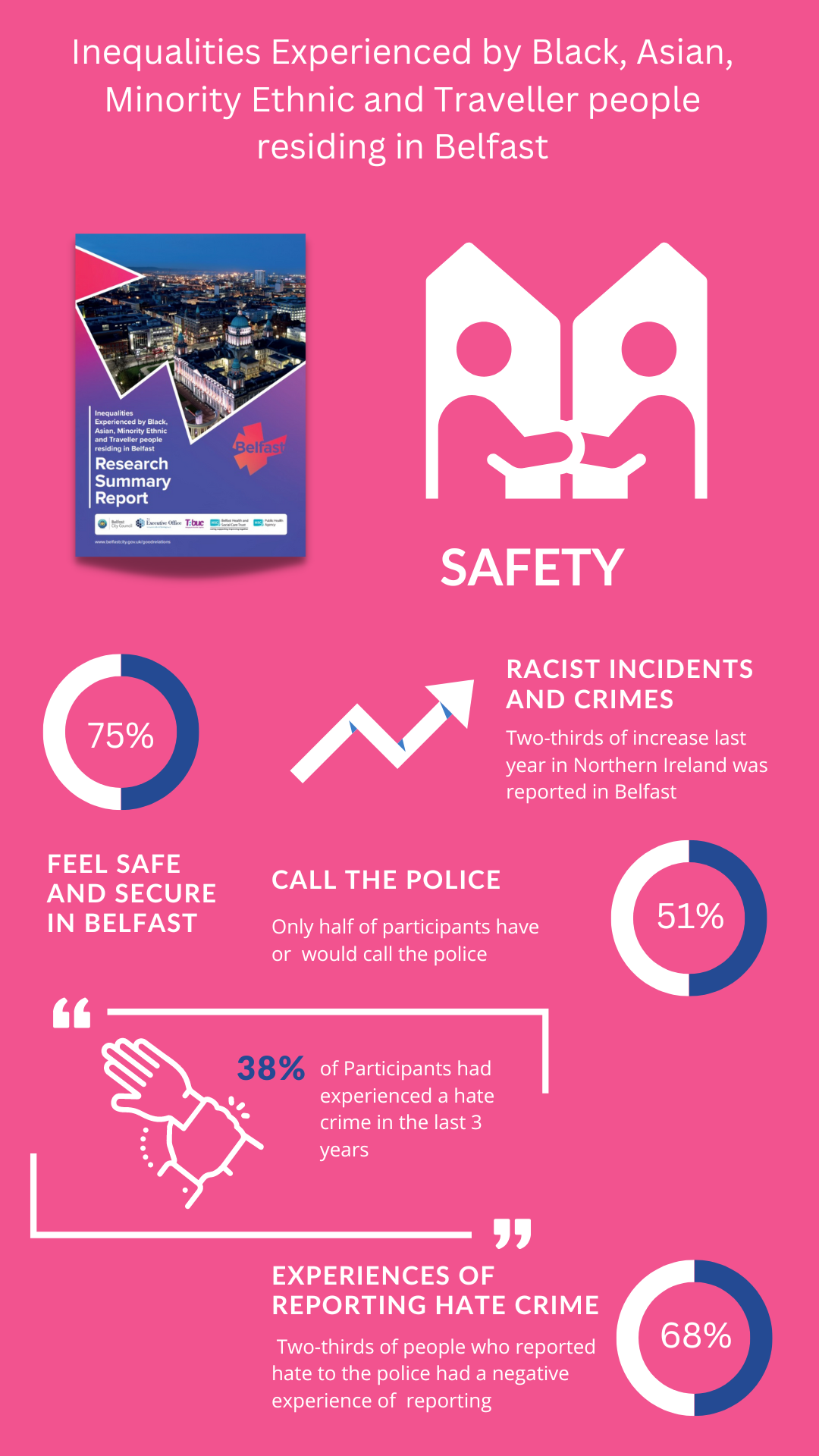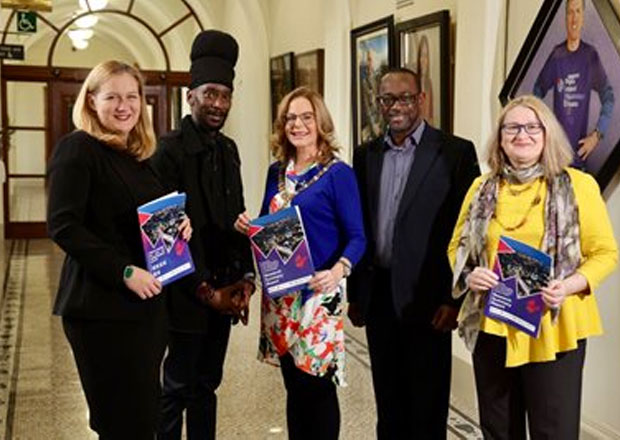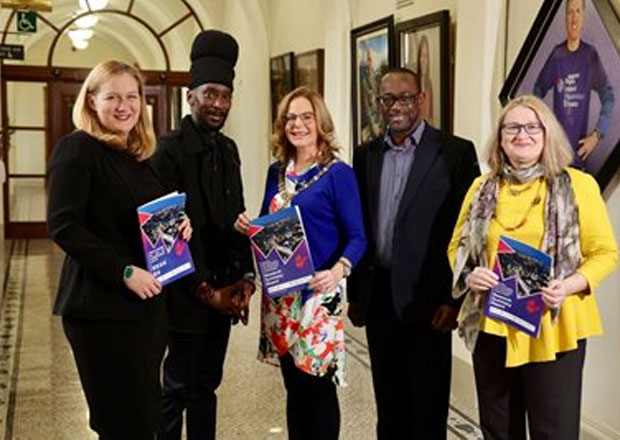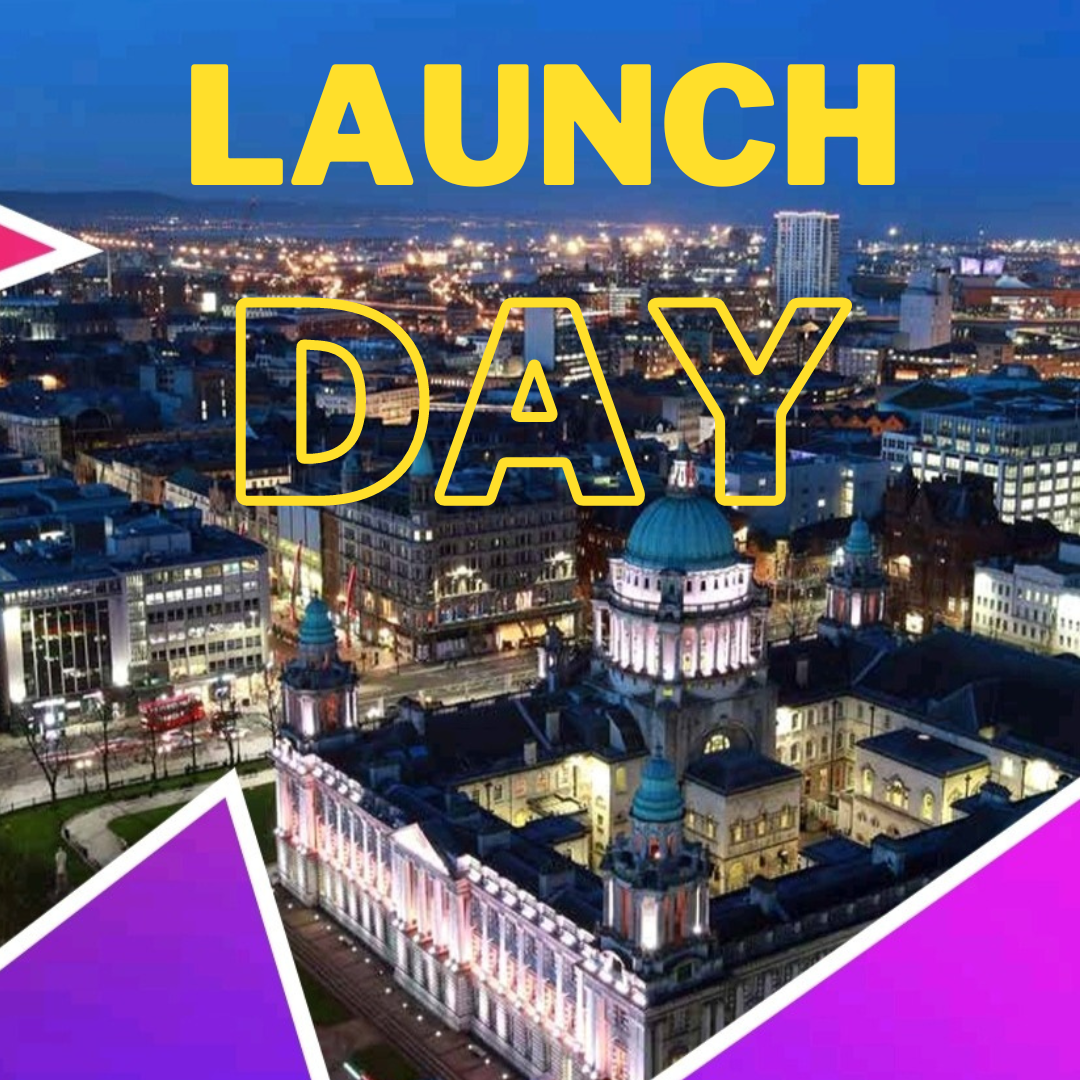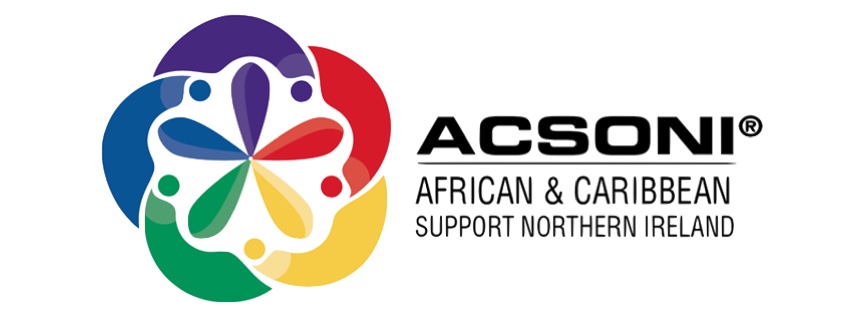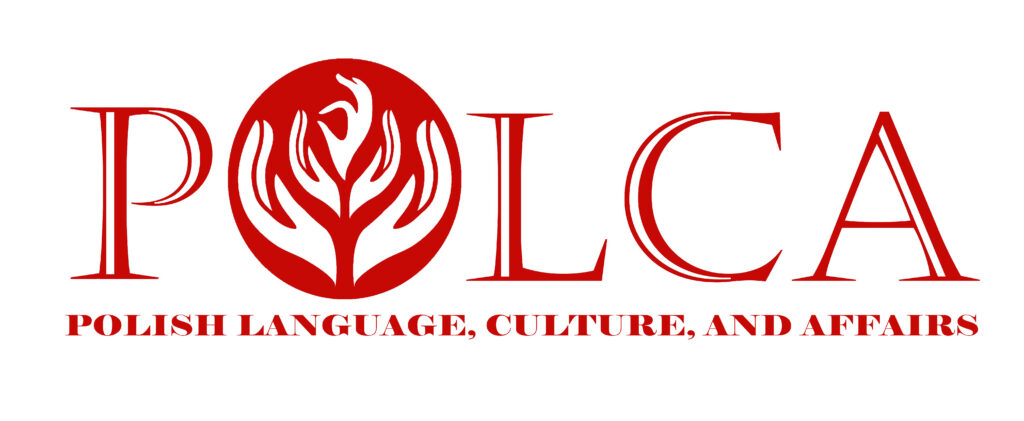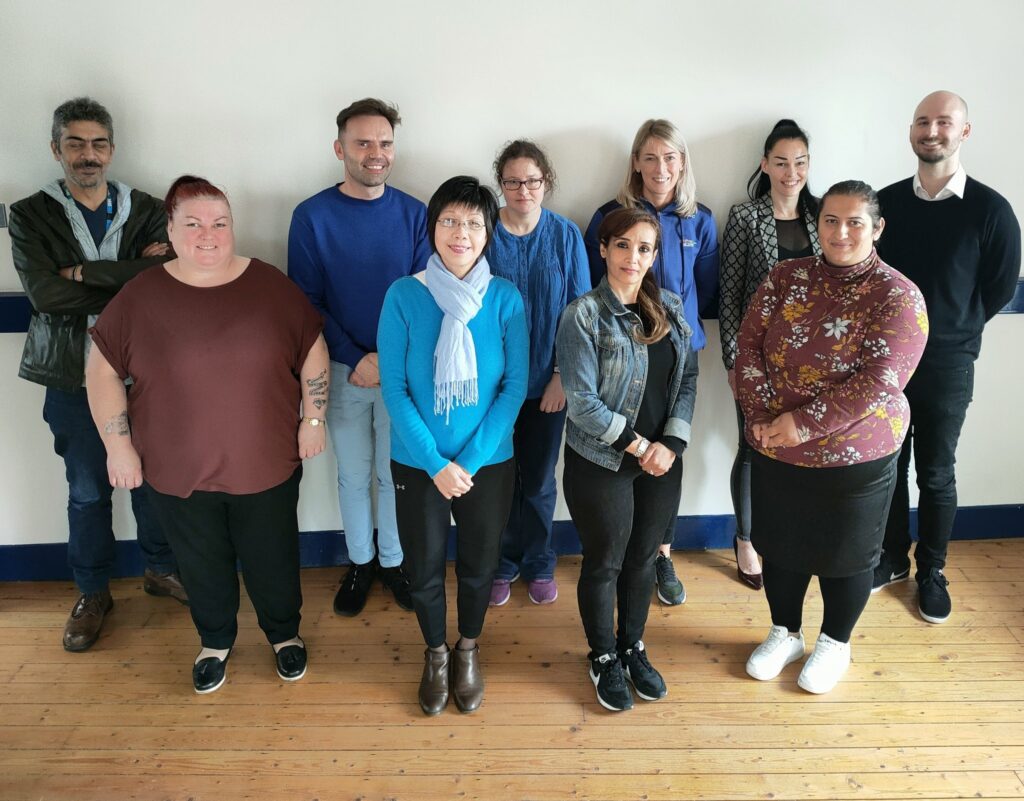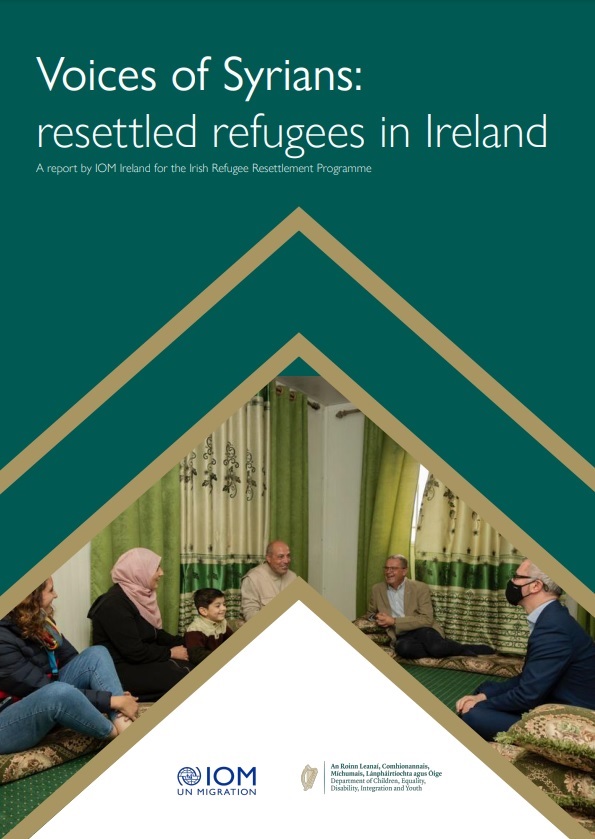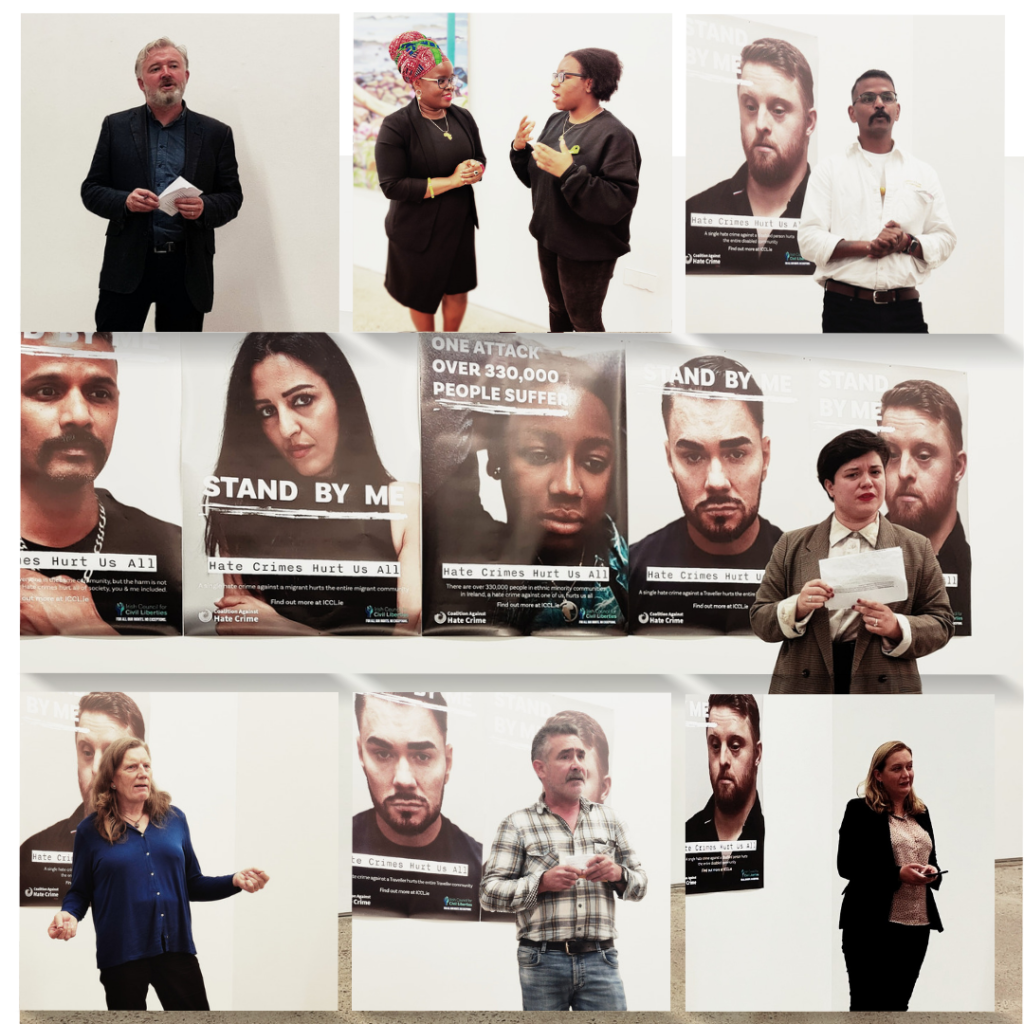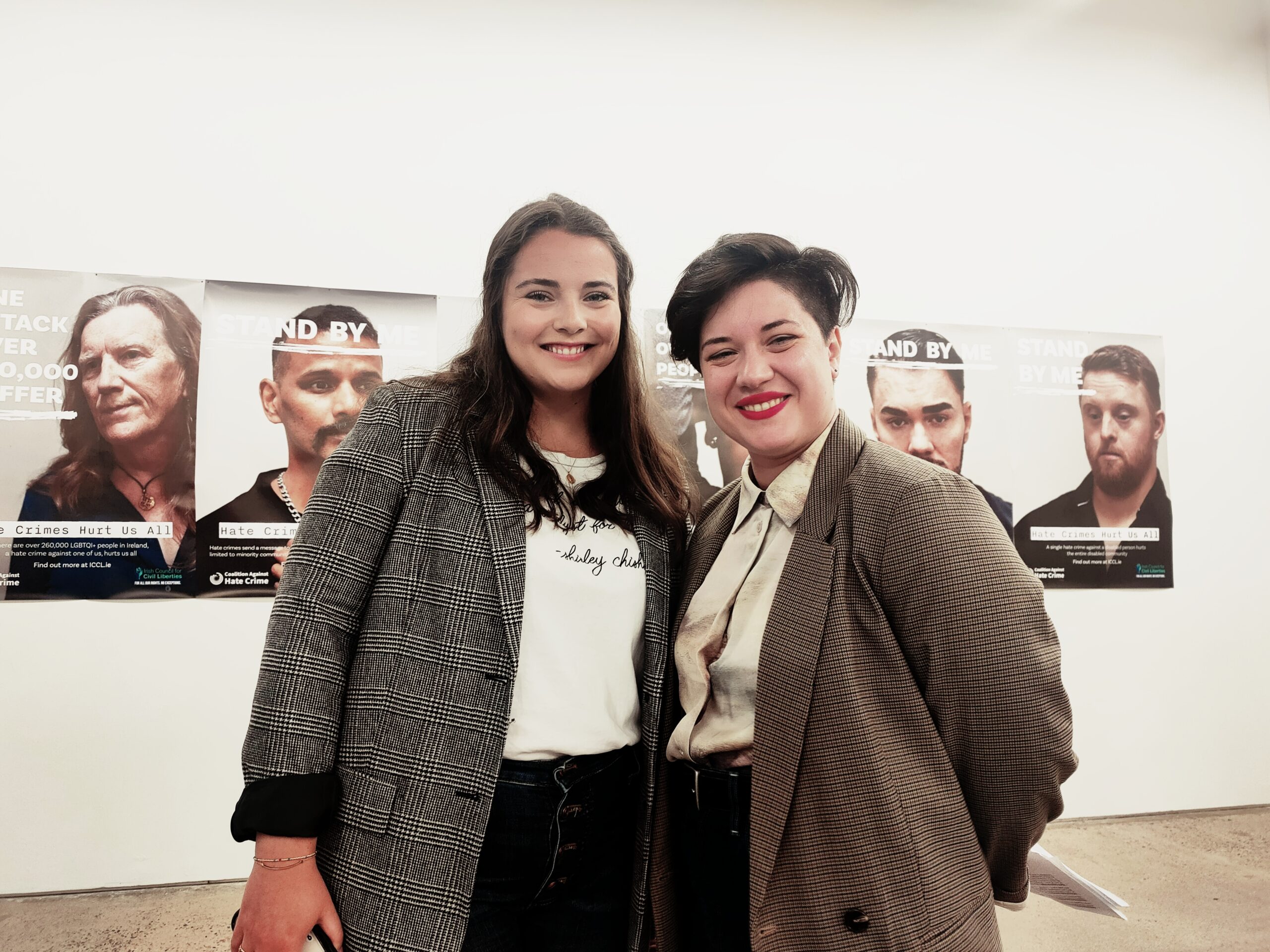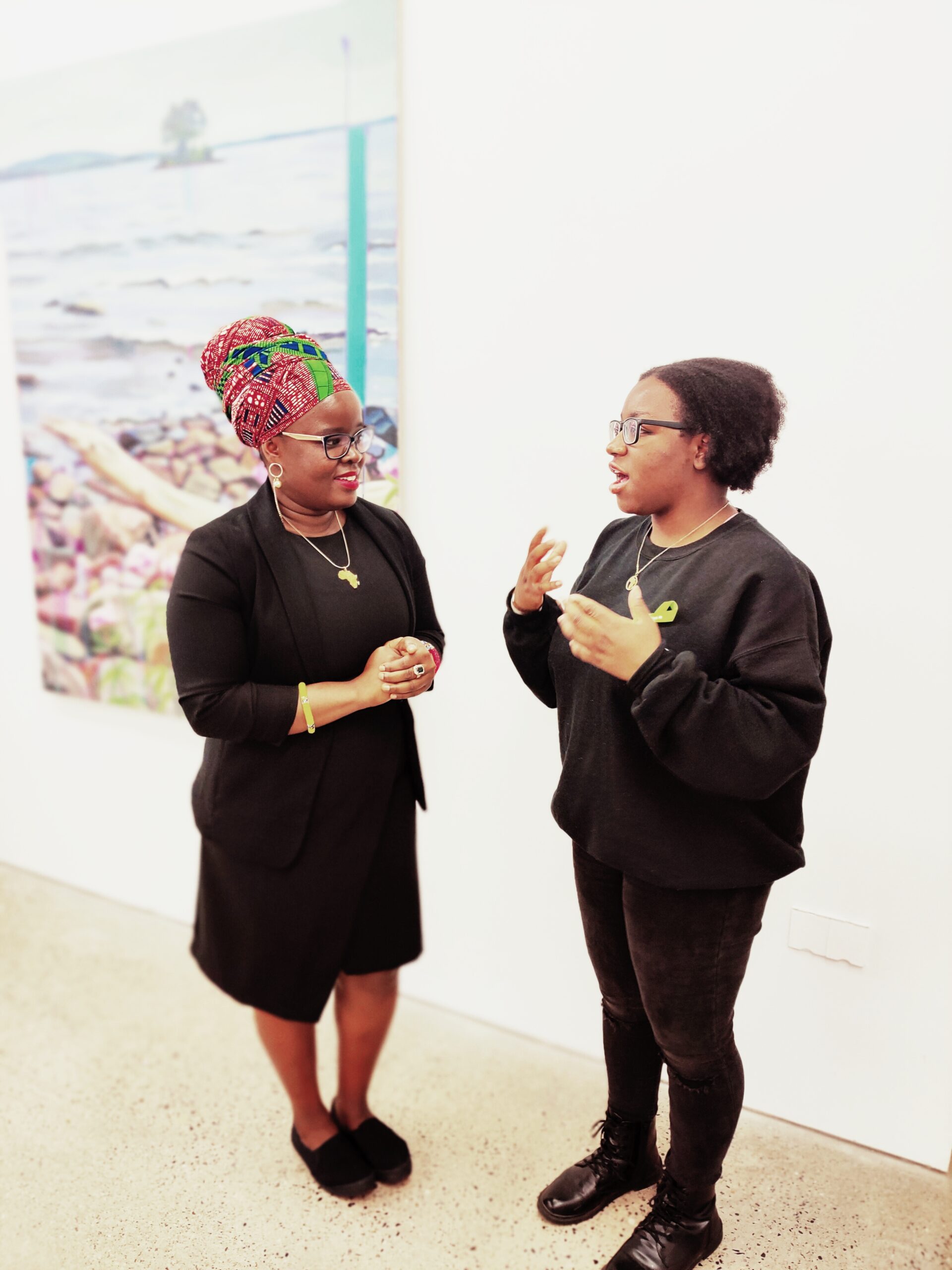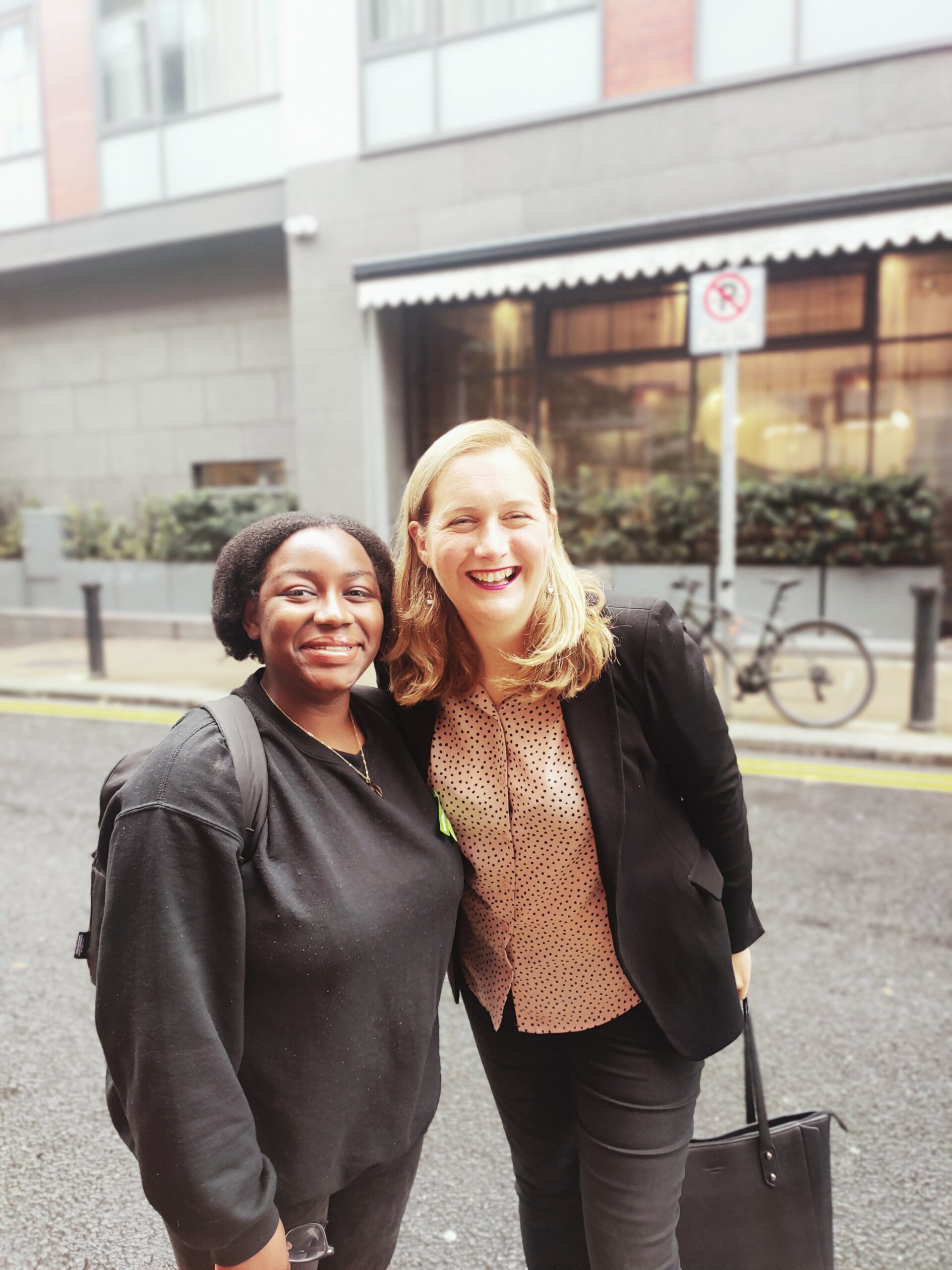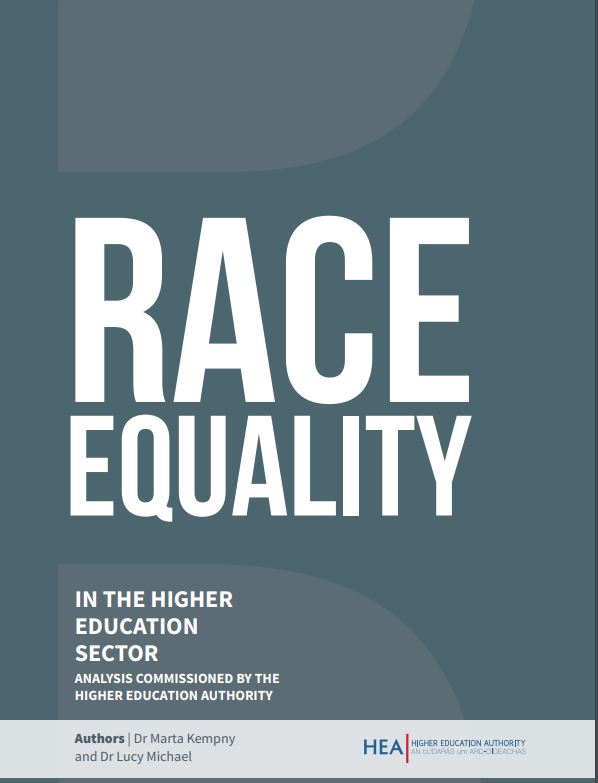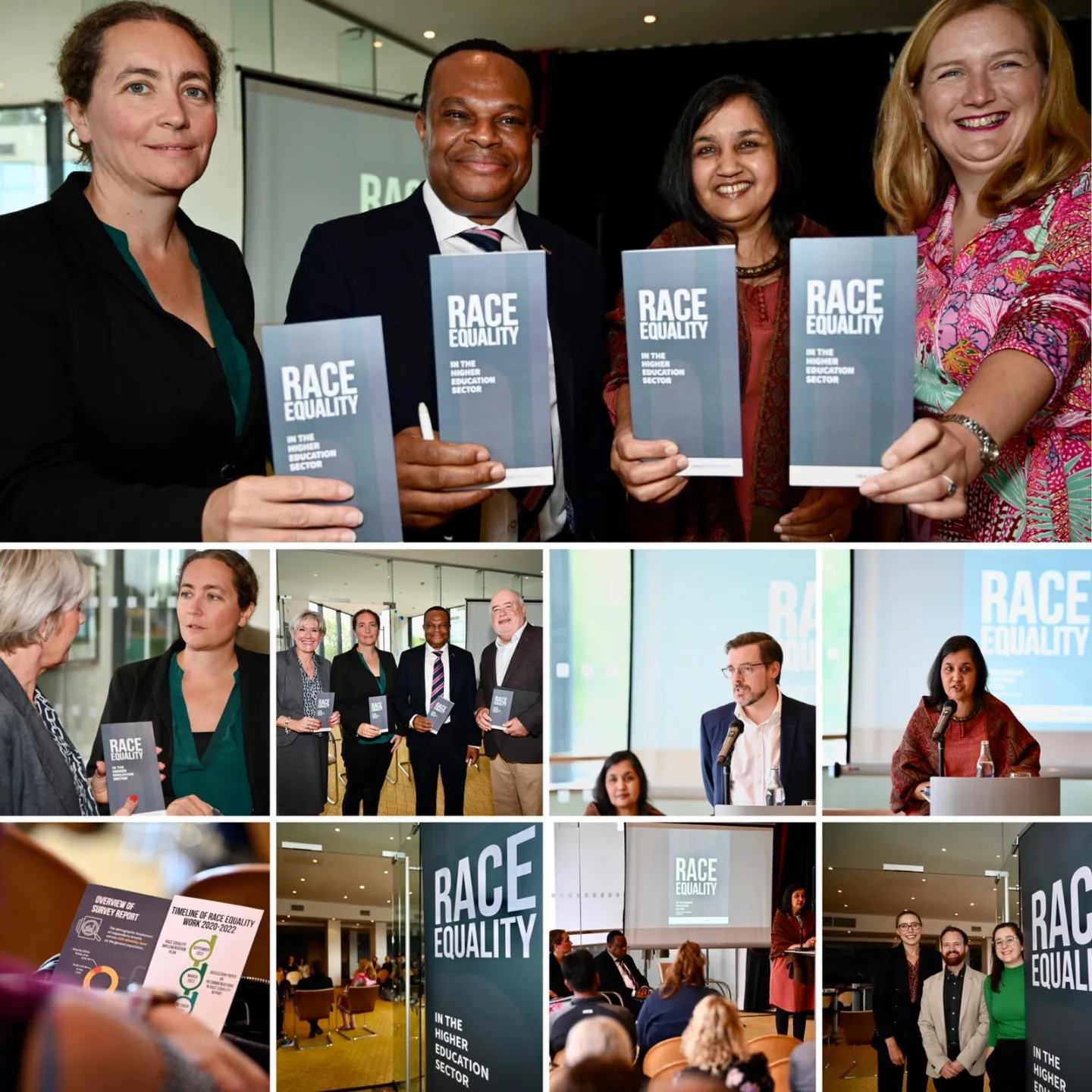
In December 2015, Business in the Community in the UK published a major report on racial equality in UK workplaces. While this was an important piece of research, there were some obvious gaps in the Northern Ireland data.
Business in the Community Northern Ireland in partnership with Dr Lucy Michael and Maciek Bator of Craic NI undertook new research to explore the steps Northern Ireland’s employers are taking and the challenges they are facing in identifying and addressing racial inequality in the workplace.
The report Race Equality Works for Northern Ireland highlighted employers’ key considerations when addressing racist exclusion, discrimination, and unconscious bias in the workplace, both for BME staff and for staff considered ‘migrant workers’.
A range of measures were taken to address the race-equality agenda, including making dedicated budgets available for training, interventions and positive reinforcement, and hiring staff experienced in dealing with equality duties.
Organisations that perceived equality efforts as a central part of the human resources function reported higher rates of confidence among staff to address new issues identified and to reflect on workforce planning.
A unique feature of this study was that participants were asked, in interviews, to identify ways in which their own organisation could improve on race-equality efforts, which encourages an incremental approach to moving forward on race equality, while considering time and resources.
Prompts included thinking about ways to draw on past achievements, leveraging strategic opportunities to highlight positive experiences of diversity, or adopting new equality measures.
Obstacles to new activities were time, resources, competing demands in the ‘equality agenda’, and a lack of interest from management.
Most of these activities directly linked to bullying and harassment prevention or resolution, but some also addressed recruitment and selection activities, and a few mentioned interest in addressing promotion or progression.
Just under half of employers suggested that they could monitor ethnic or national identities more widely; however, for organisations with small numbers of BME or foreign-born employees, they were unsure about how to make use of that monitoring data. Almost all employers looked to the Northern Ireland census to benchmark BME participation in their business.
Clear links between diversity and excellence will drive focus and will ensure that efforts to address equality in the workplace are effective and efficient. Strategies should be longer term and should aim to raise awareness, so that you consult staff on their ongoing impact and can evaluate the impact of any strategies implemented. Short-term, strategies can be useful in making a start on race-equality work (particularly if other equality groups are significantly more embedded in the organisation), but they should be a prelude to an established and sufficiently resourced equality strategy.
Business in the Community NI’s Denise Cranston commented: “Progressive employers have, for some time, been integrating equality and diversity initiatives into core business functions, such as organisational strategy and talent-management programmes. But this research shows that they need to do more to achieve greater race and ethnic diversity. Business in the Community fully supports the recommendations in the report and calls upon all employers to commit to taking action in order to take full advantage of the opportunity that migrant and ethnic workers present.”
The results have been used to develop a new toolkit for local employers, sharing steps they can take to improve race equality in the workplace; these include the following:
- Clearly communicating the value of diversity in an organisation
- Committing to raising awareness of racial bias
- Being aware of the wider context of high levels of racism in Northern Ireland, and that it is not the preserve of any particular group
- Making sense of local demographics and the wider picture of race equality in Northern Ireland
- Using open and transparent communication, with consultation and feedback being key to understanding how well established the message about diversity is
- Being confident, knowledgeable and comfortable when talking about racial bias
- Showcasing success by creating visibility for diverse role models
- Keeping equality on the table and considering how the value of diversity is reflected in business activities
Download the Report
